

Tips for Pony Pleasure Drivers
Reviewed
Who hasn't had visions of driving or riding a pony? It is one of the easiest, most economical and most rewarding horse experiences you can have. A pony offers endless hours of companionship, experience, pleasure and peer recognition, both in casual pleasure use and in organized group activities.

Operation of a Bottom Withdrawal (Lake Cleaning) Spillway
Reviewed
This guide details the operation and maintenance of a bottom-withdrawal spillway, which uses a siphon system to improve water quality in reservoirs.
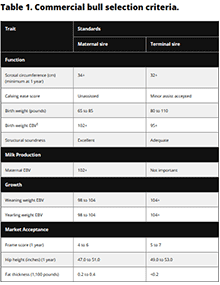
Using Performance Data in Judging Classes: BIF Fact Sheet
Reviewed
Judging contests are an important educational tool. Someday young cattle producers will be faced with selection decisions that affect the profitability of their operations. This guide can be used to train youth interested in modern beef selection practices.1
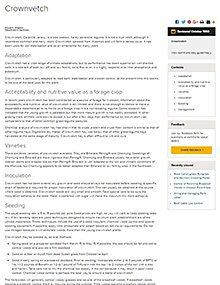
Crownvetch
Reviewed
Crownvetch, Coronilla varia L., is a cool season, hardy, perennial legume. It is not a true vetch, although it resembles common and hairy vetch. Crownvetch spreads from rhizomes and will form a dense cover. It has been used for soil stabilization and as an ornamental for many years.

Animal Handling Safety Considerations
Reviewed
Yet animal-related accidents cause numerous deaths and serious injuries each year. Removing hazards brings you one step closer to a safe work environment.

Brooding and Rearing Ducklings and Goslings
Reviewed
Goslings and ducklings can be brooded by broody chicken hens and most breeds of ducks and geese. Learn about brooder types, temperature, housing, feeding, watering, pasturing and fencing in this University of Missouri Extension guide.
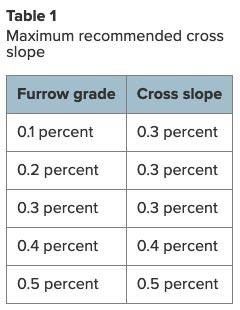
Land Grading for Irrigation: Design and Construction
Reviewed
Land grading is used for irrigation and subsequent drainage. Visit our site for our Land Grading for Irrigation: Design and Construction guide.
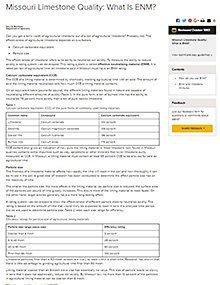
Missouri Limestone Quality: What Is ENM?
Reviewed
Effective Neutralizing Material measures agricultural limestone's ability to neutralize soil acidity, factoring in calcium carbonate content and particle size.
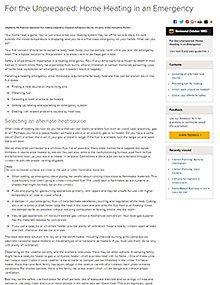
For the Unprepared: Home Heating in an Emergency
Reviewed
Your home heat is gone. You've just discovered your heating system may be off for several days. It's cold outside; the inside temperature is dropping, and you have a first class emergency on your hands. What can you do?
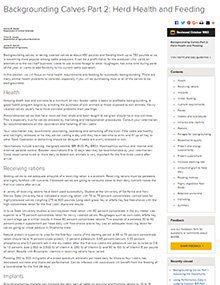
Backgrounding Calves Part 2: Herd Health and Feeding
Reviewed
A good health program is critical to successful calf backgrounding. Visit our website today to learn more about backgrounding calves.
Nitrate and Water
Reviewed
Nitrates in water can harm livestock and infants; this guide explains sources, risks, and prevention strategies.
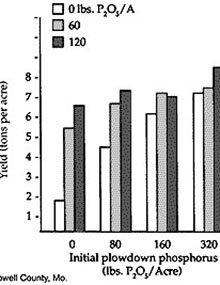
Phosphorus in Missouri Soils
Revised
Discover how temperature, drought, light, and grazing impact pasture plants and forage quality.
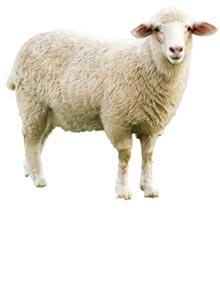
Sheep Pregnancy Checking by Ultrasonic Sound
Reviewed
Ultrasonic technology allows early, non-invasive pregnancy detection in sheep, helping farmers identify pregnant ewes for better flock management.

Selecting and Working With a Farm Building Contractor
Reviewed
Two major tasks are involved in the successful completion of a new farm building — choosing the right building and selecting a good contractor to build it.
Most buildings constructed today are "pre-engineered," or package-type, buildings.
Getting Problem Cows Pregnant
Reviewed
An average interval of 70 days from calving to first breeding and a high fertility rate are important to maximize efficiency in dairy herds. The results are more milk and calves at reduced cost.
Shared Housing
Reviewed
Shared housing offers an alternative to living alone, with arrangements ranging from informal agreements to agency-assisted models.
Dehumidifiers
Reviewed
Dehumidifiers reduce the moisture in the air. They provide comfort for people and reduce or eliminate deterioration of equipment due to rust, rot, mold and mildew.

Barley
Reviewed
Winter and spring barleys are available, but testing in Missouri indicates spring barley does poorly. Plus, six-row barleys have higher yield potential than two-row barleys in Missouri. Therefore, this publication covers only the six-row winter barleys.
Simple Home Repairs: Screened Doors and Windows
Reviewed
Learn to repair or replace damaged screens in wood and metal frames with this step-by-step guide on tools, materials, and techniques.

Pesticides: Emergency Planning and Community Right-to-Know
Reviewed
Learn about Emergency Planning and Community Right-to-Know Act, its requirements for hazardous substances, and reporting procedures for emergency situations.
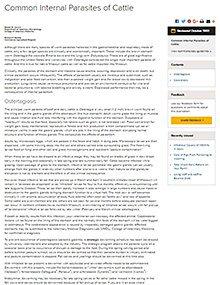
Common Internal Parasites of Cattle
Reviewed

Using a Microwave Oven to Determine Moisture in Forages
Reviewed
Determine forage moisture content accurately using a microwave oven with this step-by-step guide, ensuring optimal harvest and storage conditions.
Corn Silage
Reviewed
Corn silage is a popular forage for ruminant animals because it is high in energy and digestibility. Visit our site to learn more about corn silage.

Hardware Disease of Cattle
Reviewed
Hardware disease of cattle is produced by a sharp object that pierces the stomach wall and gains access to the heart. Visit our site to learn more.